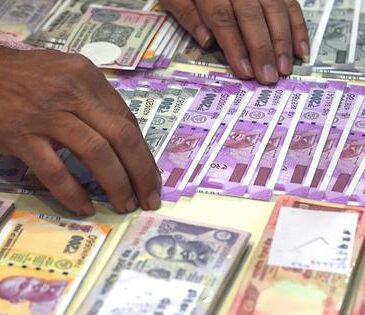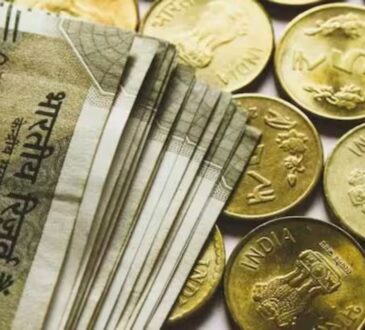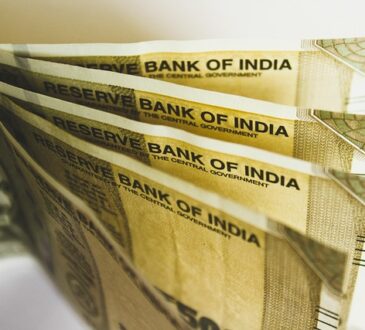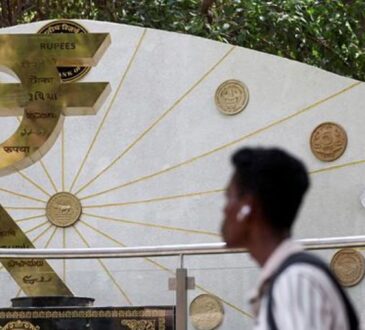Tariff Tracker, May 5: Asian banks offload dollar reserves, OPEC+ to increase oil supply | Explained News
Trump trade policy 2025: There seems to be nary a dull moment in tracing the onslaught of the US president’s tariff announcements, and the snowballing effect worldwide.
Over the weekend, China, the recipient of 145% in US tariffs, signalled its willingness to embark on talks with the US, provided the US walked back these punitive measures. This was picked up by Asian markets, which have seen their currencies hit record highs against the USD.
Decline in the dollar boosting the ‘Sell America’ wave
The dollar’s decline continued over the weekend, as several Asian banks resorted to offloading their USD reserves amid the appreciation of their domestic currencies.
Why the move? A stronger domestic currency is great news to attract foreign money inflows and make imports cheaper, but hurts domestic exporters by making their products less competitive (more expensive than foreign rivals).
The Hong Kong dollar has been pegged to the US dollar ($1 = 7.80 HKD) since 1983, in what is called a linked exchange rate system. This exchange rate is strictly maintained by the city-state’s central banking authority, the Hong Kong Monetary Authority (HKMA), within the range of 7.75-7.85 HKD.
When the HKD appreciates ($1 < 7.75 HKD), the HKMA buys reserves of the USD to restore the targeted rate, by supplying their currency. This is what happened on Friday (May 2), when the HKMA bought $6 billion to restore the balance, according to a Bloomberg report. This was its first such intervention in five years, and the HKMA in 2022 and 2023 moved to sell the USD when its currency was depreciating (exceeding 7.85 HKD).
A similar central bank intervention is expected in Taiwan as its currency hit a record high while appreciating against the USD. On Monday (May 5), Bloomberg reported that the Taiwanese dollar had appreciated by 4.5%, reaching a rate of $1 = 29.672 TWD, its strongest value since May 2023 and highest since 1988. Taiwan is currently negotiating with the US on a tariff deal, crucial for its existence as an export-driven economy, and concluded first-round talks on Saturday. It has witnessed massive foreign inflows, as global funds bought $1.2 billion of Taiwanese shares on Friday.
Another oil price shock, courtesy OPEC+ (and Saudi Arabia)
Story continues below this ad
The Saudi Arabia-led Organization of the Petroleum Exporting Countries (OPEC+) on Saturday announced it would increase oil supply by 411,000 barrels per day (bpd) come June. This follows a similar announcement last month applicable to oil production from May. Effectively, the oil cartel would be supplying 1 million bpd between April and June.
This has stoked fears of a glut in oil supply amid concerns of economic stress thanks to Trump’s tariffs. The benchmark Brent crude fell by a fifth of its value in April, the largest drop in a single month since 2021.
The move is seen as a punitive measure by Saudi Arabia to check OPEC+ members, Kazakhstan and Iraq, for exceeding their agreed-upon production ceilings in recent months. Saudi Arabia, which cut its production by 2 million bpd over the last three years, is now reluctant to restrain it any longer and is looking to expand its market share.
It also helps Saudi Arabia’s case with the US, days before Trump visits the kingdom to discuss an arms package and a nuclear agreement. He has repeatedly asked OPEC+ to increase its oil production in a bid to tackle inflationary pressures at home.
Story continues below this ad
For the US, this development presents a mixed bag. The US consumer (and non-oil manufacturer) stands to gain, as lower oil prices get transferred through the production cycle and translate into lower prices of products. This is something Trump will likely emphasise in the coming days. However, as the world’s largest oil producer, US oil producers will be adversely affected: Data from the US Energy Information Administration showed that the US produced 13,159 bpd this February.






